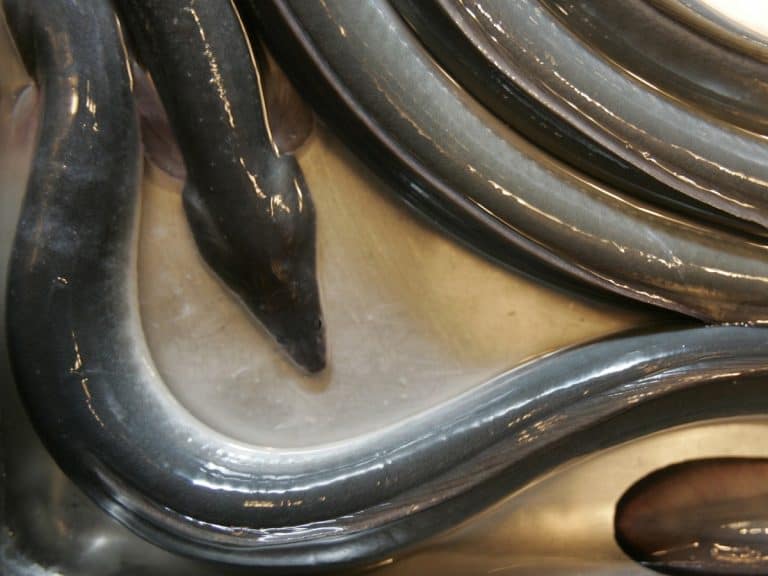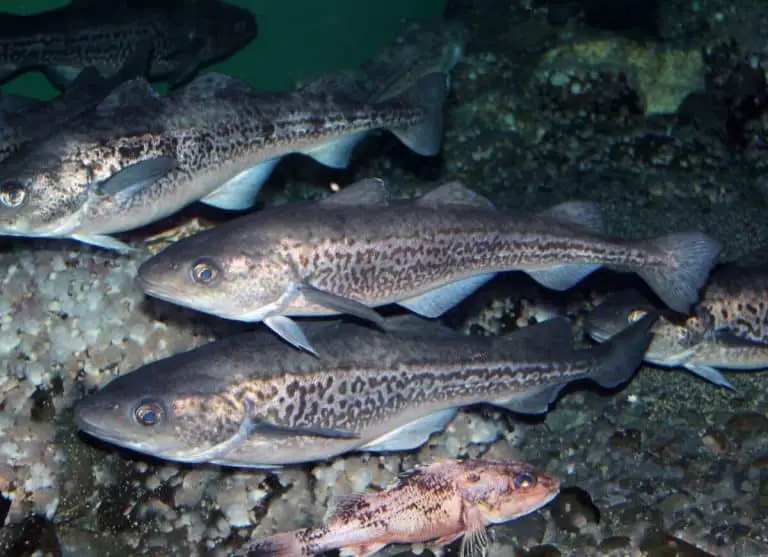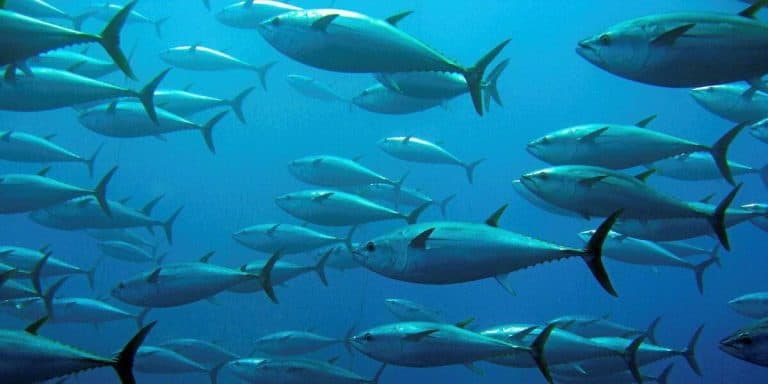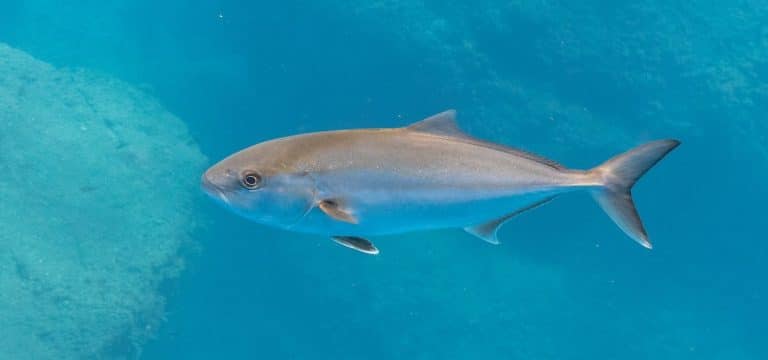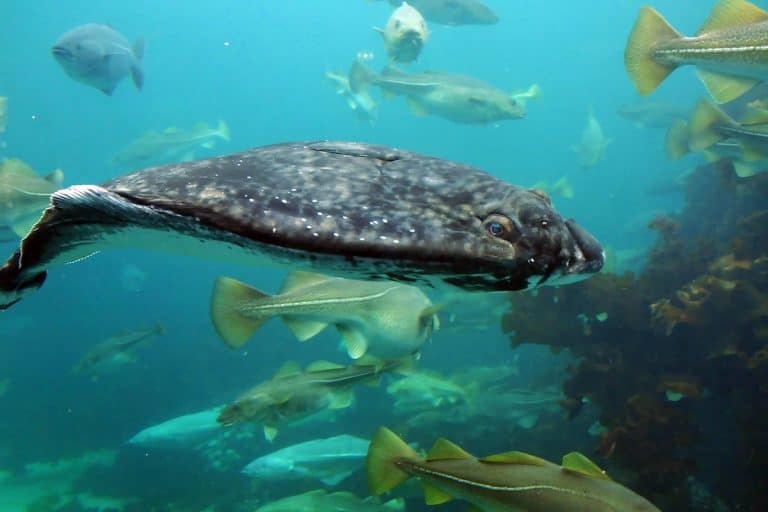Source: Wild
Mercury Risk: Low
Masago is the processed roe (eggs) of the capelin, a small fish that exists in vast quantities throughout the northern Atlantic and Pacific oceans. It is generally orange-red in color and is often used as a garnish or to top pieces of nigiri. It should not be confused with tobiko, the roe of the flying fish, which is similar in color but more transparent and slightly larger.
Although the flesh of karafuto-shishamo is exceedingly rare at sushi bars, masago is a common ingredient. It can be a sustainable, dependable option, especially when compared with the more dubious tobiko—but it is important to differentiate the various sources of masago. This task isn’t always easy as most masago is exported from Iceland or Canada to Taiwan or Japan for processing and then reexported to the United States. In such cases, the package often simply reads “Product of Taiwan” or “Made in Japan.” Still, it’s always worth asking the chef about the actual source. For the highly dedicated, it wouldn’t hurt to get the name of the masago purveyor and look them up online after dinner; there’s a vast amount of information on the Web pertaining to the world of sushi.
Icelandic masago is a good option at the sushi bar and can be readily enjoyed. Iceland is currently the world’s largest harvester of capelin and capelin roe, and Icelandic fishing practices are well-managed with thoughtful precautions and little or no bycatch (animals caught unintentionally and discarded).
Canadian masago is also available but is a less desirable option. The Canadian capelin fishery is notoriously wasteful, landing large amounts of fish and systematically discarding all juveniles and adult males as useless for harvesting roe. Additionally, Canadian management practices and scientific efforts are not as strong as they could be.
Russian masago and Norwegian masago are not sustainable options. Historically, the largest capelin fishery in the world has been in the Barents Sea, the icy waters north of Norway and Russia. In 2004 this fishery was closed indefinitely due to alarmingly low stock levels. Masago from this area should be avoided until the stock stabilizes.
Casson Trenor
Casson Trenor is a frequent commentator on sustainable seafood issues. He has been featured in regional, national, and international media outlets, including CNN, NPR, Forbes, New York Times, Boston Globe, Christian Science Monitor, San Francisco Chronicle, Los Angeles Times, Seattle Times.


